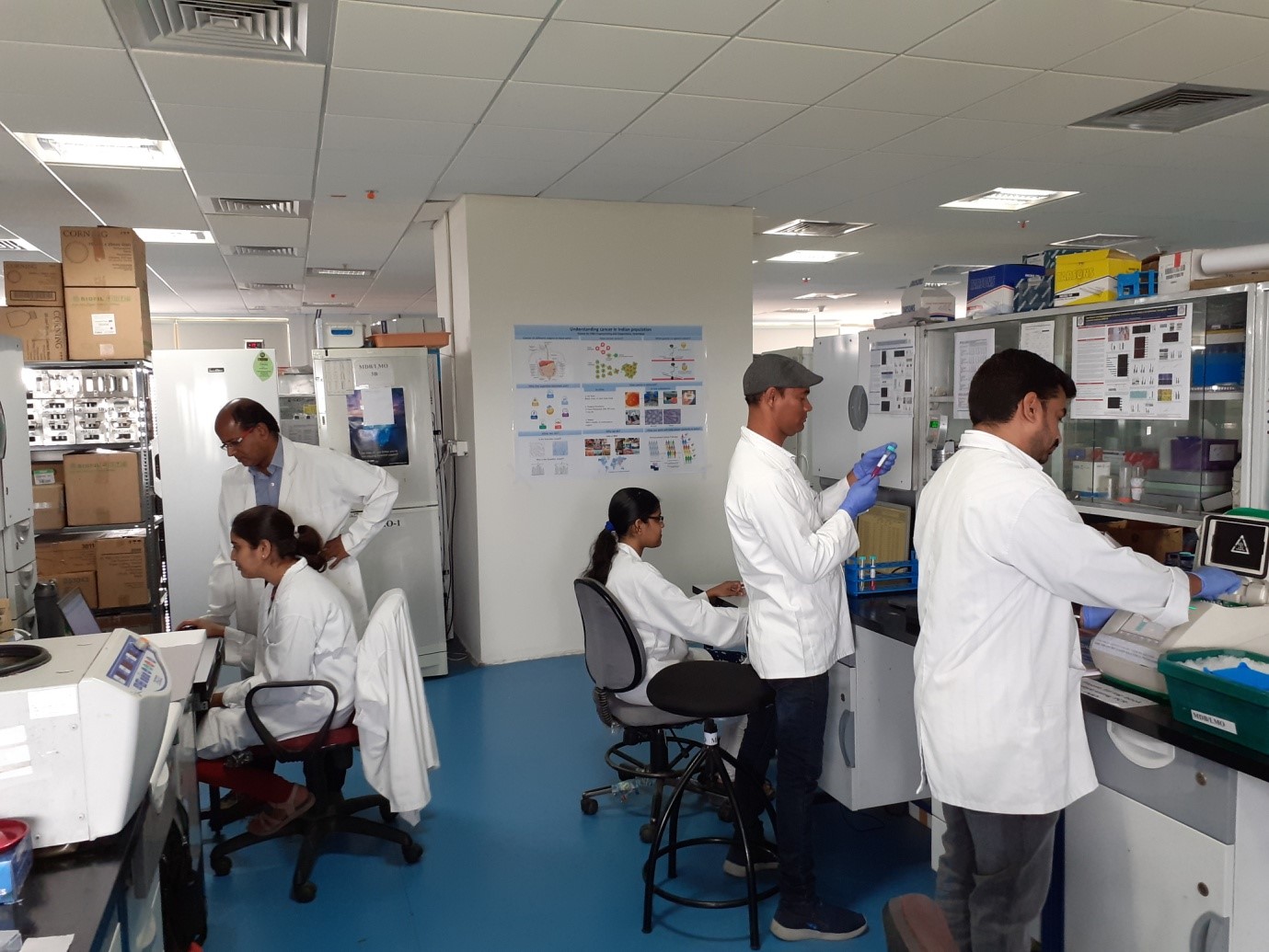
How Fake Scientific Journals Are Bypassing Detection Filters
- News
- 1.6K
The growing network of predatory or fake scientific journals – which publish dubious research for money – is posing new challenges for the research community globally. Many gullible researchers fall for them as these journals resemble genuine journals in look and feel. A new study points out that the eco-system of predatory journals is evolving cautiously to bypass standard methods used for their detection.
Usually, a publication that proactively seeks research papers from scientists and publishes low-quality journals without a reliable editorial board and the peer-review system is dubbed as a predatory publisher. Predatory publishers often engage in forgery, plagiarism and incorrect indexing of content. They falsify editorial boards and lure researchers by claiming to offer quick editorial services and assured publication.
Following an outcry over this system and expose by media as well as regulators in some countries, predatory publishers are mending their ways and are beginning to fulfill certain criteria used to judge journals. They are able to do so with some cosmetic changes and not any substantial changes in quality.
A study done by Naman Jain, a computer science student at the Indian Institute of Technology Gandhinagar under the guidance of Professor Mayank Singh, has found that though predatory journals are not following standard norms set by various committees on open-access publications, they have started to resemble legitimate and good-quality journals visually. This is making it hard to distinguish between authentic and predatory journals using a standard set of criteria such as the Beall’s list.
The researchers took a set of journals published by Omics, which has been accused of publishing predatory journals, with those published by BMC Publishing Group. Both publish hundreds of open access journals across several disciplines. Using data-driven analysis, researchers compared parameters like impact factors, journal name, indexing in digital directories, contact information, submission process, editorial boards, gender, and geographical data, editor-author commonality, etc.
Analysis of this data and comparison between the two publishers showed that Omics is slowly evolving. Of the 35 criteria listed in the Beall’s list and which could be verified using the information available online, 22 criteria are common between Omics and BMC. Five criteria are satisfied by both the publishers, while 13 are satisfied by Omics but not by BMC. The predatory publishers are changing some of their processes. For example, Omics has started its online submission portal similar to well-known publishers. Earlier, it used to accept manuscripts through email. Omics dodges most of the Beall’s criteria to emerge as a reputed publisher.
“It is increasingly becoming hard to distinguish between authentic and predatory journals using a standard list of criteria or rules. We need more data-driven identification methods that can detect false and misleading information in publishing groups. The standard criteria need to be updated and our work shows which are the ones that may need to change,” said Naman Jain while speaking to India Science Wire. Jain’s findings will be presented at a scientific conference in November. (ISW)
If you liked this article, then please subscribe to our YouTube Channel for the latest Science & Tech news. You can also find us on Twitter & Facebook.


